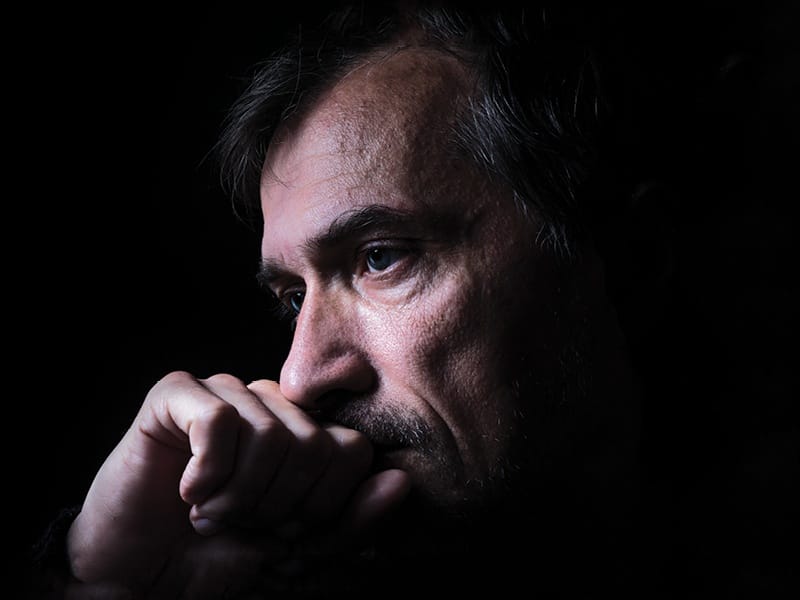
As we enter 2017, before we set out to find the answers that are going to see our markets grow, our brands thrive and our businesses excel, we need to find the right questions. If we can ask the right questions, a lot of the answers will be quite easy to find.
Over the last few weeks I’ve been exposed to some deep thinkers in the wine business: Steve Pannell talking about making drinkable wines that taste like they’re made from grapes and that suit our climate. About Apple and customer habits and behaviour with Jeffrey Grosset. About vineyards with a host of people, including Samantha Connew, Sandro Mosele, Gerald Ellis from Meadowbank, and Gilli Lipscombe from Sailor Seeks Horse. I’ve also spent more time than I normally do walking in vineyards, talking to growers, and understanding what makes them and their vines tick. I’ve come up with a list. Here are the questions I’m asking myself as 2017 gets underway, ready or not.
Is the vineyard (or vineyards) at the centre of what we do, and is that reflected in how we talk about the wines?
While presenting two Tasmanian wines at the Sidewineder tasting in Adelaide recently, I took the viti challenge – to only talk about viticulture and not about winemaking – this is where it’s grown, this is what the ground is like, the season gave us this, we look after it like this, we pick it then, and that’s why it tastes like it does. Give it a try. If our sales people and distributors can’t do that, get them to the point where they can.
To paraphrase Sandro Mosele, improving viticulture is the great opportunity for any of us wanting to make and sell better wine.
The emphasis on winemaking over viticulture in Australia has taken us to a point where very few wineries try to plant and run truly great vineyards.
Does what we are talking match what we are doing?
Pannell is a key example of this. Finding varieties that work with his climate, and making them to maximise drinkability, he’s practising what he’s preaching. Are the things we’re doing in the vineyard, in the winery, in the market, aligning with what’s important to us? Or are we letting those principles – the ones that we ourselves determine that are not imposed by anyone else – get lost because of competing priorities? What is sacrosanct to us? It will be different for each wine business. If one goal – be it sustainable viticulture, hands-off winemaking, reflecting a site, being a leader with a particular variety, raising our price points, selling more on premise, or retaining key staff – is our key goal, are we making progress or are we hitting other goals and letting the key one fall down the list?
Are we evolving our sales footprint?
How many wineries wanted to sell exactly the same proportion of each wine through the same channels in 2016 as they did in 2015? If they were growing, were they aiming for the growth to be in all channels or only some? I reckon for most of us we’re looking to manage channel growth – to grow some products in some channels and some in others.
If we are not planning by market, by product and by channel, we’re likely going to lose control of what’s selling where, and that can mean a less than ideal mix of sales.
The cleverest (and luckiest) wineries choose who they sell to, some down to the individual account, but for most, if we’re choosing what channel we’re focusing on for each product, that’s a great start. If we’re thinking about our target market for a wine as being cellar door sales, a certain country/city, on or off premise, chain or independent, by the glass or bottle, floor stacked or fine-wine section, and so on, those thoughts inform every element of packaging, price and promotion.
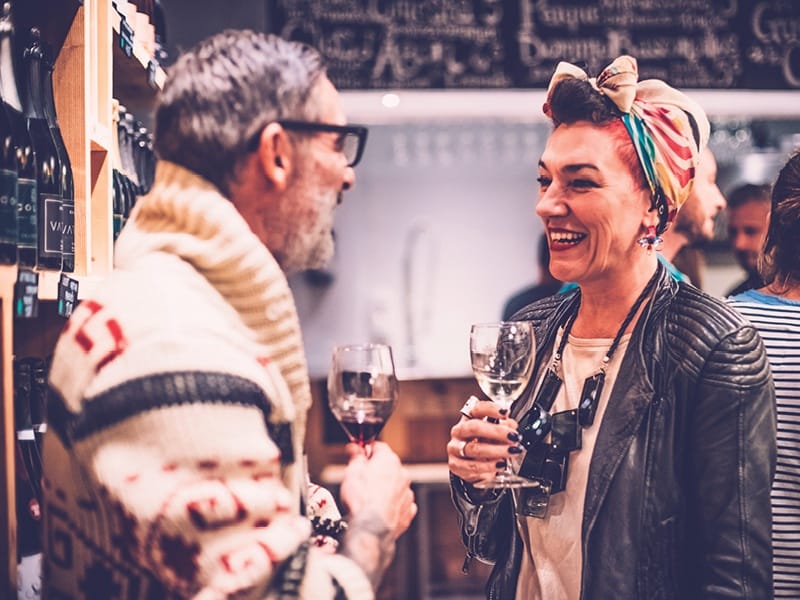
Are we improving the quality of our distribution?
This is not necessarily about changing distribution. Improving the quality of distribution could mean the sales team having a better understanding of our wines, or our wines being a notch or two higher on their list of priorities. When was the last time one of the sales team did vintage at our winery? Have all the sales team visited? Have we been on the road with each one? Do we know them well enough to pick up the phone to pass on a tip, to check on an account, to get them to make a booking at one of their accounts for us, to congratulate them on a new listing?
Is our brand equity growing?
How do we measure that? Sales growth? Channel splits? Net promoter score? Wine show medals? Cellar door visitation? All of the above? Depending on the business, they might all be important. Don’t forget the number of cases sold per listing, which is a crucial indication of the strength of the sku and associated depletion rates. And we also need to accept that brand equity is a nebulous thing to quantify. Another way to consider the question is: “What have I done in the last year to increase the brand equity?” It may be some of the actions listed above under improving distribution, or improving the channel split. It could be a new website. It could be connecting with consumers at consumer tastings and wine fairs and building the mailing list.
We need to be brutally honest, and also acknowledge when brand equity is being eroded, for whatever reason, but especially through visible discounting.
Is our P&L and our balance sheet improving?
Is all the hard work paying off? If not, why are we doing this again? One wise head told me about a chat with some experienced wine industry execs, where the topic of returns on capital and EBIT ratios came up. One commented that we have to accept that it’s the wine industry, that low returns are part of the territory. Most people around the table agreed. Wise head didn’t. Nor should we.
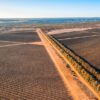


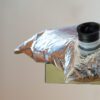




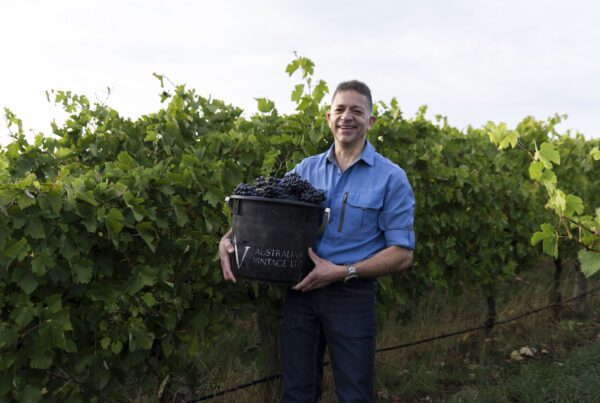
Recent Comments